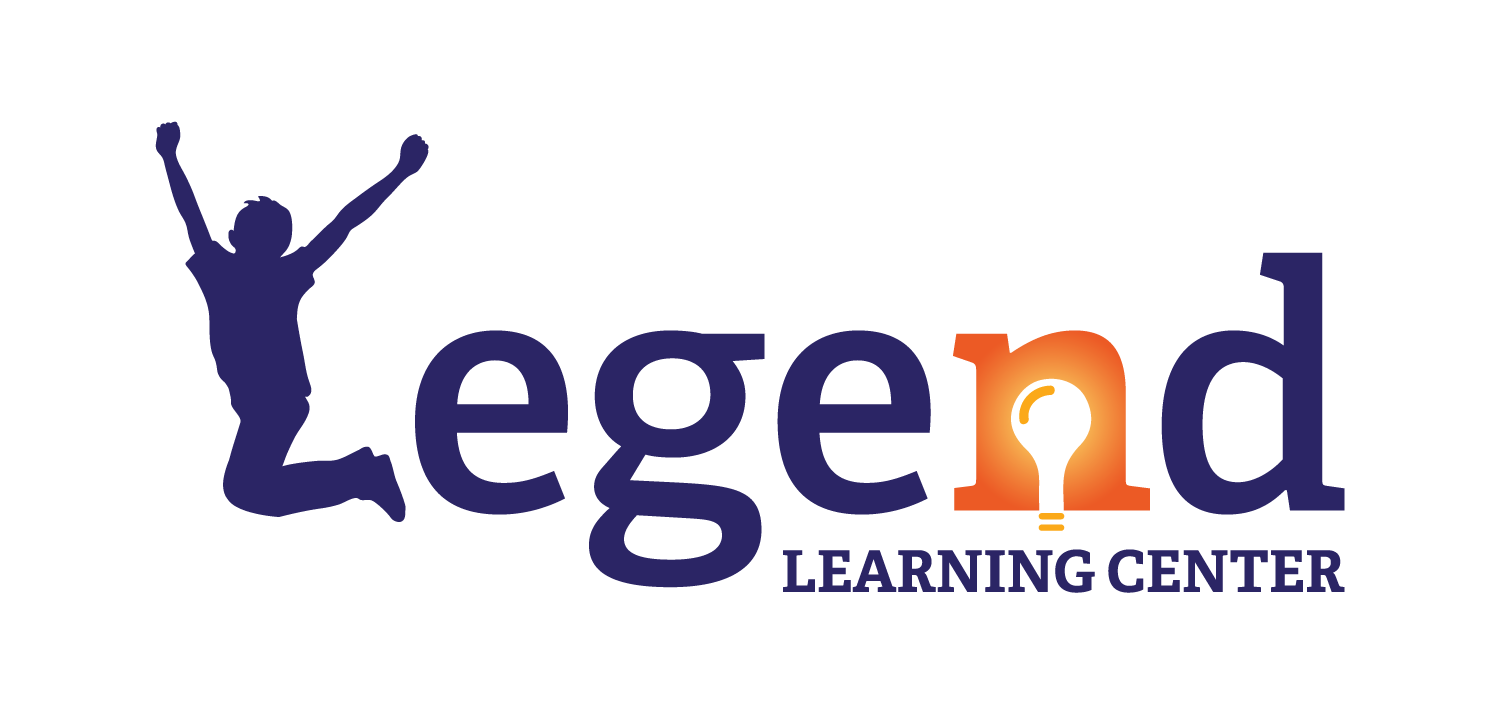Academic rigor in middle school serves as the foundation for students’ future success, especially in critical fields such as math, science, language arts, and technology. At this stage, the focus is on developing deep understanding, critical thinking, and problem-solving skills. Let’s break down what academic rigor entails in each core subject and explore where AI education fits in.
1. Mathematics
Academic rigor in middle school math is about fostering analytical thinking and laying the groundwork for higher-level concepts. Students typically progress from basic arithmetic to more complex areas such as algebra, geometry, and statistics.
Core aspects of rigorous math education include:
- Problem-Solving Skills: Students are expected to apply mathematical concepts to solve real-world problems.
- Abstract Thinking: Introduction to algebra helps students move from concrete to abstract thinking.
- Pre-Calculus Readiness: In advanced programs, students may begin tackling pre-calculus concepts by the end of middle school, setting them up for high school success.
Statistics: According to the National Center for Education Statistics (NCES), in 2019, only 34% of U.S. eighth-graders scored at or above the proficient level in mathematics, underscoring the need for rigorous and engaging math curricula early on to boost proficiency levels .
2. Science
In middle school, science education shifts from basic observations to more formal scientific processes. Students are encouraged to think like scientists, developing hypotheses, conducting experiments, and analyzing data.
Core aspects of rigorous science education include:
- Inquiry-Based Learning: Encourages students to ask questions, form hypotheses, and perform experiments to discover concepts for themselves.
- STEM Integration: Connecting scientific principles to technology, engineering, and mathematics (STEM) to promote interdisciplinary learning.
- Data Analysis: Students begin interpreting data and graphs, understanding variables, and using evidence to support conclusions.
Statistics: The U.S. Department of Education reports that middle school is a critical time for maintaining students’ interest in science, as interest in STEM careers can drop sharply if students aren’t challenged and engaged by eighth grade .
3. Language Arts
Academic rigor in language arts is essential for developing communication, critical thinking, and comprehension skills. Middle school students are expected to analyze more complex texts, enhance their writing abilities, and expand their vocabulary.
Core aspects of rigorous language arts education include:
- Critical Reading: Students are introduced to reading and analyzing various genres, including fiction, non-fiction, and poetry. They learn to identify themes, motifs, and rhetorical devices.
- Advanced Writing Skills: Focus shifts to structuring essays, developing persuasive arguments, and refining grammar and style. Writing assignments grow more complex, incorporating research and analysis.
- Discussion and Debate: Rigorous programs encourage students to express their ideas clearly in oral discussions and debates, promoting verbal communication and listening skills.
Statistics: A 2019 study from the NCES found that 36% of eighth-graders were proficient in reading, illustrating that there’s room for improvement in fostering rigorous language arts programs that can enhance comprehension and writing skills at this stage .
4. Technology and AI Integration
As technology rapidly evolves, academic rigor in middle school must now incorporate technology skills and an introduction to artificial intelligence (AI). Familiarity with these areas will be essential for future academic and career success.
Core aspects of rigorous technology and AI education include:
- Coding and Computer Science: Middle school is the ideal time to introduce coding languages like Python, Java, or Scratch. Students can learn computational thinking and problem-solving through programming.
- Digital Literacy: Students need to understand how to navigate the digital world responsibly, focusing on research, fact-checking, and cyber-safety.
- AI Education: Middle school students should begin exploring AI concepts, including machine learning basics, ethical considerations, and real-world applications like chatbots, facial recognition, and self-driving cars. Introducing AI-related tools and projects helps students understand its growing impact on society.
AI in the Classroom: The World Economic Forum suggests that AI education should start as early as middle school to prepare students for a future dominated by AI-driven industries . Students who are exposed to AI concepts early on are better prepared to innovate and adapt in a technology-driven world.
Statistics: According to the AI Index Report, AI-related jobs and industries are expected to grow by 16% by 2026, underscoring the importance of integrating AI education into the curriculum from a young age .
Balancing Rigor with Support
Maintaining academic rigor is vital to a well-rounded education, but it’s equally important to provide students with the tools to manage academic stress. Here are a few ways to keep the challenge high while minimizing stress:
- Personalized Learning Plans: Tailoring learning goals based on individual student strengths helps maintain engagement and motivation.
- Efficient Study Techniques: Teaching students how to study smarter, not harder, through techniques like time management, note-taking, and spaced repetition.
- Healthy Balance of Extracurriculars: Encouraging students to engage in sports, arts, and other extracurricular activities that build life skills while providing a break from academics.
Conclusion: Academic rigor in middle school sets the stage for long-term success. Whether it’s mastering algebra, conducting scientific experiments, honing language arts skills, or diving into the world of AI and technology, providing students with a challenging yet supportive learning environment will help them thrive academically and emotionally. As educators and parents, we must strike a balance between pushing for excellence and offering the tools to manage that rigor effectively.
